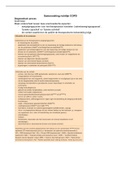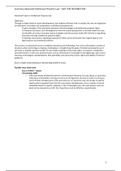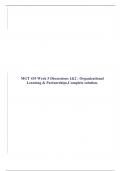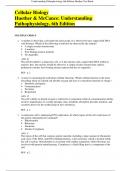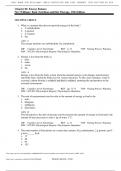Resume
Samenvatting/cursus Global Change
- Cours
- Global Change
- Établissement
- Vrije Universiteit Brussel (VUB)
omvat de hoofdstukken: - CLIMATE CHANGE: THE PHYSICAL SCIENCE BASIS - LAKES AS SENTINELS AND RECORDERS OF CHANGES IN CLIMATE, ICE SHEET DYNAMICS AND ICE SHELF BREAK-UP -GLACIERS IN A CHANGING CLIMATE -LAND-ATMOSPHERE INTERACTIONS IN A CHANGING CLIMATE -THE PERTURBED CARBON CYCLE AS A DRIV...
[Montrer plus]







